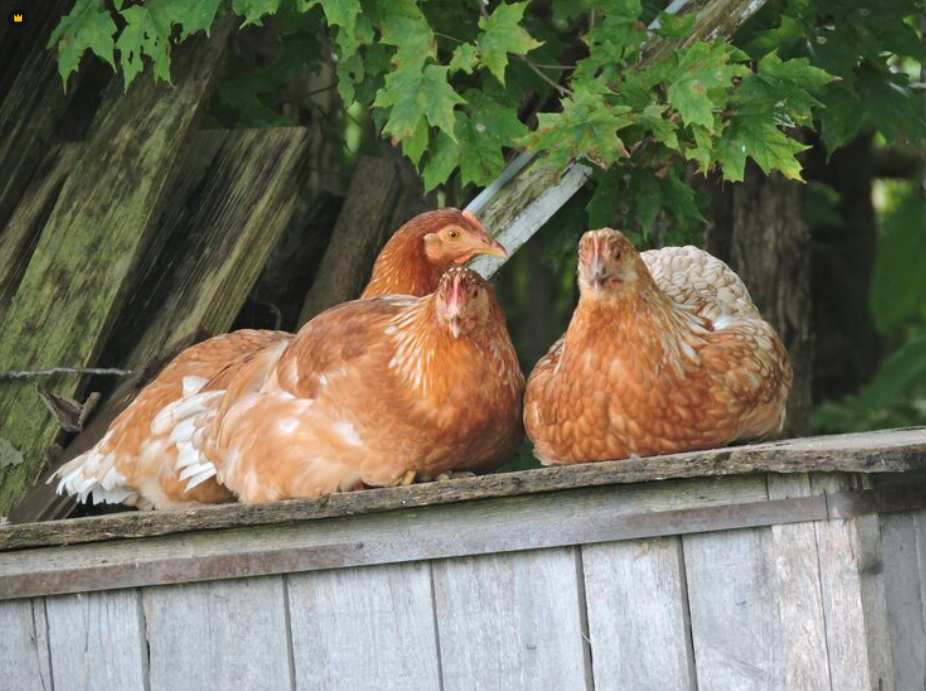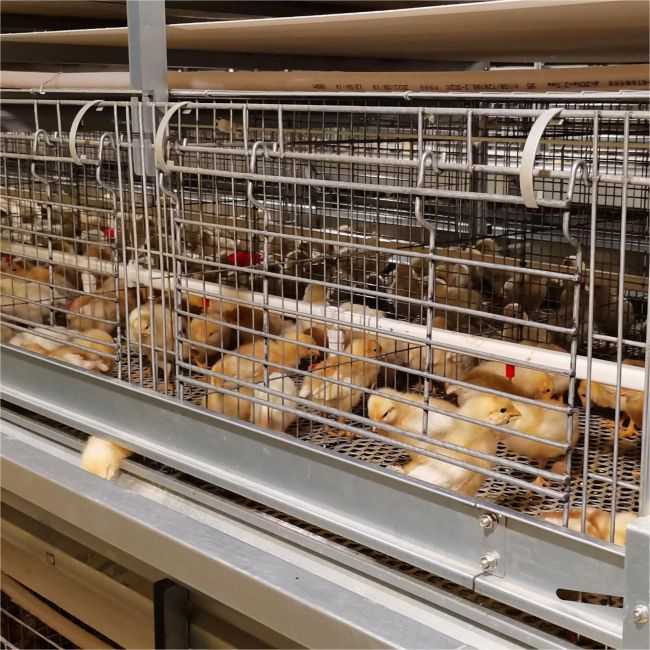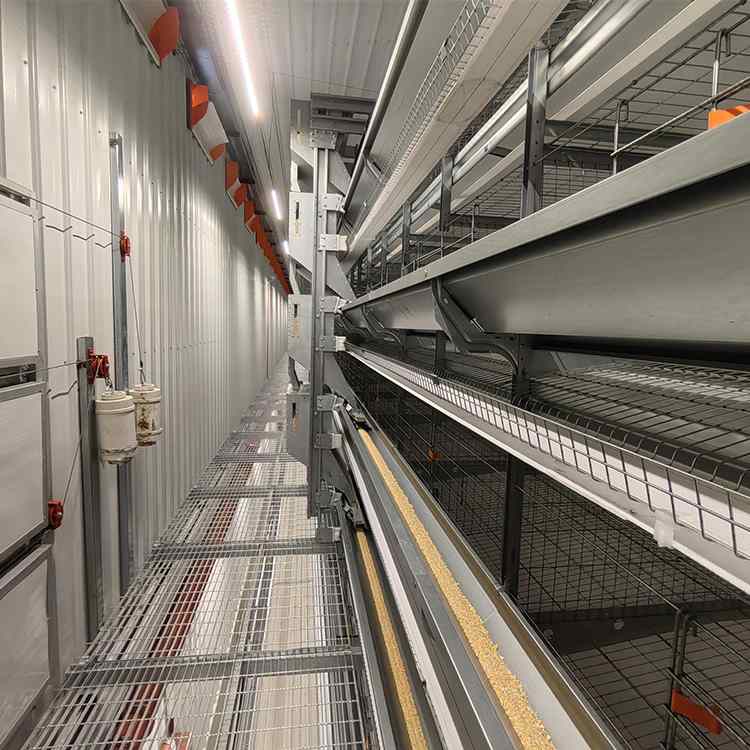Why Go for a Homemade Chicken Layer Cage?
What’s So Dope About Building Your Own Cage?
Rolling your own chicken layer cage is a total win for poultry fans, especially if you’re just starting out or want a setup that’s all you. First off, it saves you some serious cash. By grabbing materials locally and putting it together yourself, you dodge the crazy price tags on store-bought cages. Plus, DIY lets you tweak the design—size, materials, whatever—to fit your space and how many chickens you’re raising.
Another big perk is making a cage that’s straight-up perfect for your birds’ vibes. You can dial in killer ventilation, lighting and easy access to food and water. And if your flock grows or needs shift, you can fix or switch up your homemade cage no sweat.
Is It Chill and Doable for Newbies?
Heck yeah, building a homemade chicken layer cage is totally doable, even if you’re new to the game. With basic tools and stuff, you can whip up a safe, solid coop. Tons of DIY designs use zip ties, wire mesh and simple frames, so you don’t need to be a carpentry wizard. Just stick to a solid plan, keep things clean and prioritize safety and your homemade cage will be just as legit as the fancy ones.

How Do You Make a Layer Cage at Home?
What Stuff Do You Need for a DIY Chicken Layer Cage?
To build your own chicken layer cage, round up these goodies:
- Galvanized wire mesh (for toughness and no-rust vibes)
- PVC or metal pipes (for the frame)
- Zip ties or metal connectors
- Feed trays and water containers
- Plastic or metal egg collection trays
- Plywood or plastic sheets (optional, for base or dividers)
- Basic tools: wire cutter, measuring tape, pliers
Using galvanized materials is key because they laugh off rust and last forever. For instance, ZEUS layer chicken cage net is welded with 275g hot-dip galvanized wire, which is resistant to aging and corrosion.
Step-by-Step Guide to Slapping It Together
Step 1: Plan Out the Size and Setup
Start by figuring out how many chickens you’re housing. Each bird needs about 450–500 cm² of space. Sketch your layout based on that and decide if you want single or multi-layer cages to max out vertical space.
Step 2: Cut and Shape the Wire Mesh
Chop the galvanized wire mesh into panels for the front, back, sides, top and bottom. Make sure the mesh holes are small enough to keep chickens from escaping or getting stuck but big enough to let air flow.
Step 3: Build the Frame with Zip Ties or Connectors
Use PVC or metal pipes to make the frame. Slap the wire mesh panels onto the frame with zip ties or metal connectors. Double-check the structure’s sturdy and smooth out any sharp edges to keep your chickens safe.
Step 4: Hook Up Feed Trays and Water Systems
Attach feed trays to the front of each cage section. Set up water containers or nipple drinkers on the top or side for easy sipping. Each ZEUS cage is equipped with a water fountain and a feeder to ensure the normal growth and laying of eggs by the chickens.
Step 5: Add Egg Trays and Cleaning Access
Put in sloped flooring or trays so eggs roll gently into a collection tray outside the cage. This cuts down on cracked eggs.
How Much Room Do Chickens Need?
Every chicken needs at least 450–500 cm² of space. Packing them in too tight can stress them out, cause pecking fights, or tank egg production. For a cage that’s 1200×1250 mm (1.5 m²), you can fit up to three layers with about 128–144 birds, depending on how you set it up.

What Makes ZEUS Layer Cages a Solid Vibe for DIY Ideas?
Who’s ZEUS and What’s Their Deal?
Hebei Zeus Machinery Manufacturing Co., Ltd. is committed to the design and development, production and sales of livestock and poultry equipment. We’re all about high-efficiency poultry layer cages that keep productivity and chicken happiness in check. Our products include A-type and H-type stacked layer cages made from hot-dip galvanized materials that ensure durability and hygiene.
How Can ZEUS Products Inspire Your Homemade Cage?
Our A-type layer hen cage equipment features a ladder-stacked design that improves ventilation space while maximizing vertical usage. The form of ladder stacked layer hen cages not only improves space utilization, but also ensures ventilation space. You can steal this idea by building your DIY cage with similar tiered setups.
Plus, our cages are made for easy management: The cage has a simple structure, is easy to clean, can be cleaned and disinfected regularly and is easy to manage and maintain. Use these principles to keep your build simple but super functional.
Can You Mix ZEUS Gear with Your Homemade Cage?
For sure! Tons of poultry folks mix our accessories into their DIY setups. For example:
- Cage Raising Equipment for Laying Hens like feeders or drinkers can be added to any frame.
- 4-layer battery H-type egg laying hen cage with automatic egg collection systemcomponents like egg trays or watering systems can level up your DIY project.
We also hook you up with custom solutions if you wanna scale up or add some automation later.
What’s the Deal with Keeping Your Cage Clean and Safe?
How Do You Keep a Homemade Cage Fresh?
Cleaning on the regular is a must to stop diseases from popping off. Use removable trays or sloped floors so poop falls through easy. Disinfect weekly with poultry-safe cleaners. There is a manure cleaning belt at the bottom of each cage, which is clean and hygienic and provides a good living environment to ensure the health of the chickens.
How Do You Get Good Airflow and Light?
Set up your cage so air moves freely between tiers or sections. Skip solid walls unless you need them for weather protection; mesh is the way to go. Natural light’s awesome, but toss in LED lights if it’s indoors. The long axis of the chicken house should be oriented north-south The ground inside the chicken house should be poured with concrete.
What Are Common DIY Cage Problems and Fixes?
- Rusting: Use galvanized stuff to keep it lasting.
- Bad drainage: Add slopes or holes under manure trays.
- Feed waste: Slap on secure troughs to cut spillage.
- Wire injuries: Smooth out sharp edges or cover themwith plastic tubing.
- Overcrowding: Recheck your bird-to-space math now and then.

FAQ
Q: Can I build a chicken layer cage without carpentry tools?
A: Heck yeah, tons of designs use zip ties, wire mesh panels, PVC pipes, or pre-cut metal frames—no carpentry needed.
Q: How many chickens can I jam in a homemade layer cage?
A: Depends on your cage size, but aim for 450–500 cm² per bird. A standard four-layer setup (like 1260×1300 mm) can hold up to 144 birds comfortably.
Q: Is it cheaper to build a layer cage at home than buying one?
A: Yup, DIY cages save you on labor costs and let you reuse materials. But commercial stuff like ZEUS cages might be worth it long-term for automation and efficiency.

